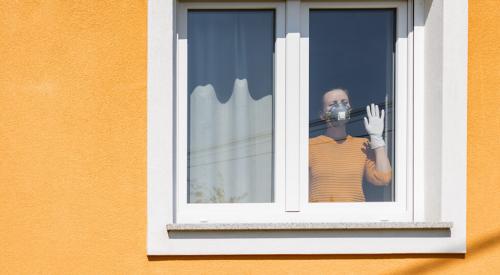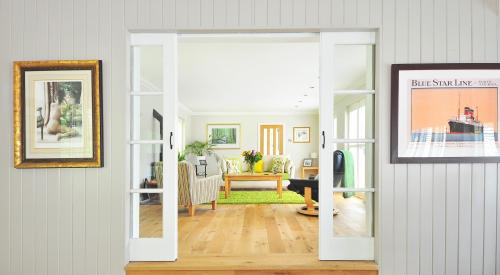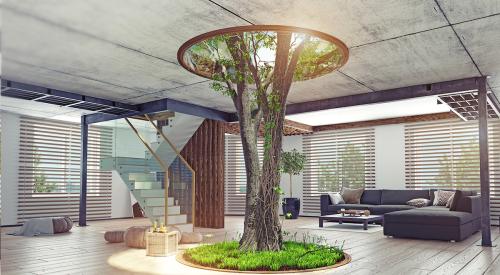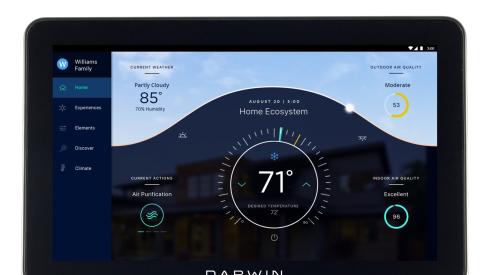The latest disruption in humans’ ever-evolving quest to be healthy is helping people sleep better, improve their moods and reduce illness. But it’s not a new diet craze, fitness app or performance drink. For the next generation of health conscious consumers, wellness starts at home, literally, as increasingly more people look to get their living spaces in shape.
Think good indoor air quality. Nontoxic building materials. A healthy dose of sunlight. Leaders in the home and building sector are sharpening their business strategy to meet the growing demand for healthy homes. In this first installment of our Healthy Home Pro series, read on for industry tips to tap this growing market.
A Healthy Home at Any Cost
Eco Pulse reports that 66% of Millennials are concerned about indoor air quality (IAQ), and rightfully so. In a single year, a six room house collects an average of 40 pounds of dust which can be laced with up to 45 toxic chemicals, according to the EPA. And we spend nearly 90% of our time indoors, where pollutants can be 2-5 times higher than outdoor levels.
Survey respondents cited “making my home healthier/safer” as one of the top two reasons for spending money on their home. Forward-looking home builders and remodelers see the opportunity, and many (83%) believe that consumers will pay more for homes that are healthier. So how are builders and architects positioning themselves as healthy home pros?
Start From a Place of Knowledge
Industry experts say the best way to get potential homeowners on board is to educate them—and oneself—on all the components that make up a home’s health imprint, from HVAC and building materials to water filtration, windows and siding. The trend towards energy-efficient, sustainable building brings more opportunities to discuss home health, but also brings misconceptions.
As homes are built more tightly to be more energy efficient, there is an unintended consequence of poor IAQ. Years ago, when homes were built with less concern for energy efficiency, there were lots of opportunities for fresh air to enter the home and flush out the stale, contaminated air. Ventilation just happened—automatically—with air finding its way in through cracks around windows and doors, electrical receptacles, joints between walls, ceilings, and floors, etc.
For all intents and purposes, a leaky home was a healthy home, it would just break the homeowners bank to keep the temperature comfortable.

“Most clients don’t understand all the challenges that come with tighter home, so we have to explain to them,” says Kelly Nemergut, partner at N2 Architecture. “Comprehending how the whole home works as a system is step one to grasping the benefits of healthy home options. Sometimes, people focus solely on the IAQ aspect, but then all the finishes they choose counteract the whole system they paid money to install, rendering it ineffective.”















